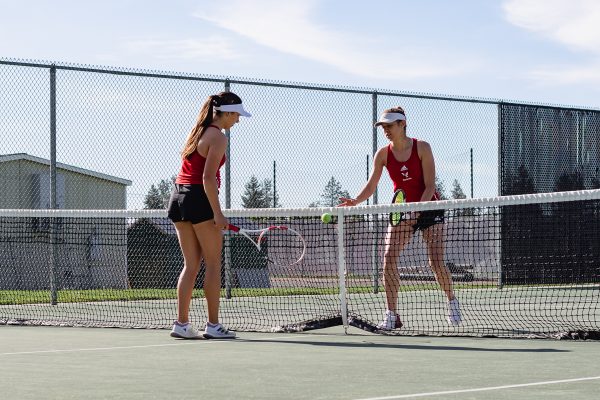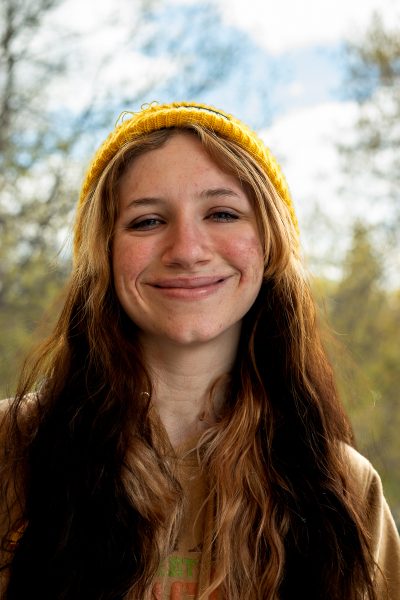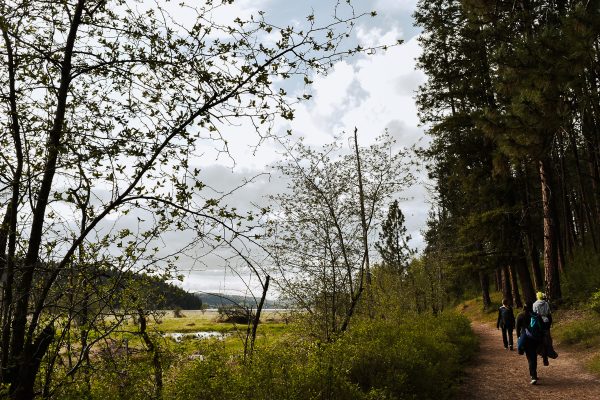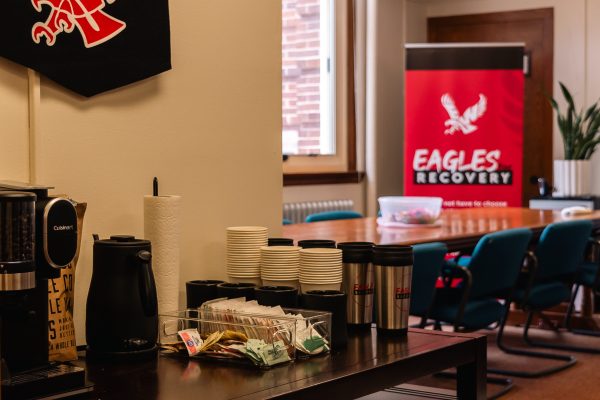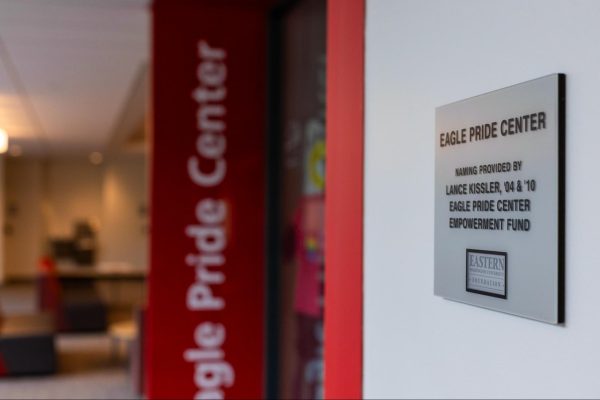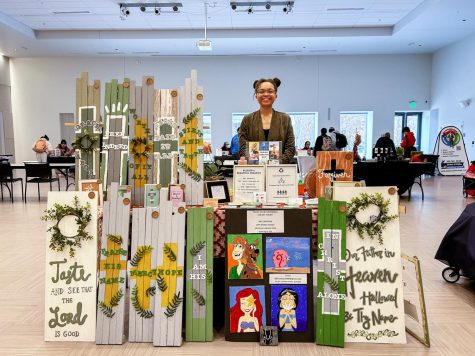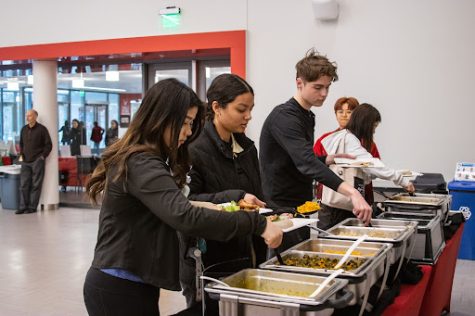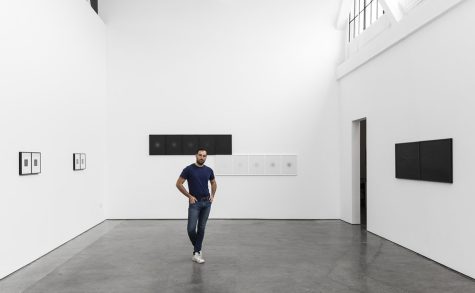Eastern students go to Cuba
January 30, 2013

While most Eastern students used their winter vacation to take a break from the stresses of college, a group of students and professors used this time as a culmination of their studies in Cuban culture by traveling to Cuba, where they learned just how far the nation had come from the images of newsreels and television depictions.
Eight students and four professors from EWU traveled to the country from Dec. 13 through Dec. 23 in conjunction with their class on the history of Cuba.
Professor of Latin American history Joseph Lenti was in charge of the travel group.
“The goal of the class was to learn about historical and contemporary issues in Cuba and in U.S. [and] Cuban relations,” said Lenti. “Going to the island was sort of the cherry on top for the class.”
Students studied and experienced different aspects of the Cuban culture like the country’s organic farming and the role of women in the country’s revolution.
The group visited several cities and locations, including Havana, Playa Giron, one of the two landing sites during the Bay of Pigs Invasion of 1961, Trinidad and Santa Clara.
This crowd of students and faculty went down with inquisitive intentions — to witness a society that most Americans have never seen.
“I think they were just as curious about us, if not more curious, as we were about them,” said Katherine Higgins. “They don’t hear about what goes [on] in the world around them, so they had a lot of questions about stuff they don’t have access to.”
In 1962, the United States declared a near total embargo on Cuba, due mostly to Cuba declaring an alliance with the Soviet Union during the height of the Cold War, thus practically cutting off Cuba from the rest of the world.
“As Americans, we’re told that there is animosity between the two cultures,” said Lenti. “What we’re seeing is that this Cold War story that we’ve been told isn’t necessarily the truth.”
The Cuban people were forced to become resourceful with what they had, including the constant maintenance of cars from the 1950s and 1960s, reliance on agriculture and organic farming and various other aspects of societal life.
“In Cuba, they define poverty differently than we do,” said Brandy Bippes. “It’s not about a material richness, but a cultural richness. It was really heartwarming to see that lack of material still leads to happiness.”
One of the more memorable moments for the group was attending a baseball game in Havana, where all foul balls had to be returned, due to scarcity and rationing.
“We are just one of a handful of people who have had that opportunity,” said Bippes. “It was amazing to be among the people that were there, enjoying this cultural event.”
What stuck out to several members of the group was the portrayal of gender equality in the Cuban society. The group visited a woman’s house that was full of paintings of feminism, including one of Havana between a Cuban woman’s legs.
“In Cuba, their ideology of feminism is different,” said Mayra Villalobos. “Instead of being about women being the dominant gender, it’s just about the equality of women, and her paintings portrayed that.”
The Cuban community made such an impact on this group that, if the opportunity ever arose again, they would not hesitate to return to Cuba if only to see the world through the eyes of a Cuban citizen.
“[Cuba] is not the horrible country that everyone pictures it to be,” said Lucia Vazquez-Martinez. “Everyone says that there’s violence everywhere, that Castro is evil, but it wasn’t about that. Wherever we went, there was always a feeling of pride for being Cuban.”



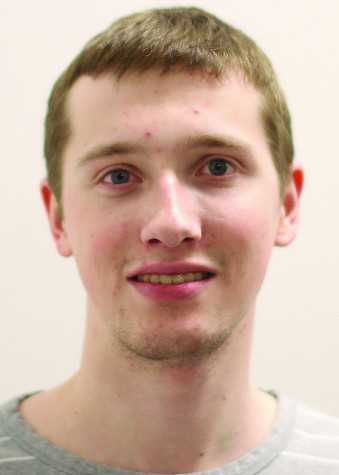


![Simmons said the biggest reasons for her success this year were “God, hard work, and trusting [her] coach and what she has planned.”](https://theeasterner.org/wp-content/uploads/2024/05/image1-1-1200x800.jpg)

